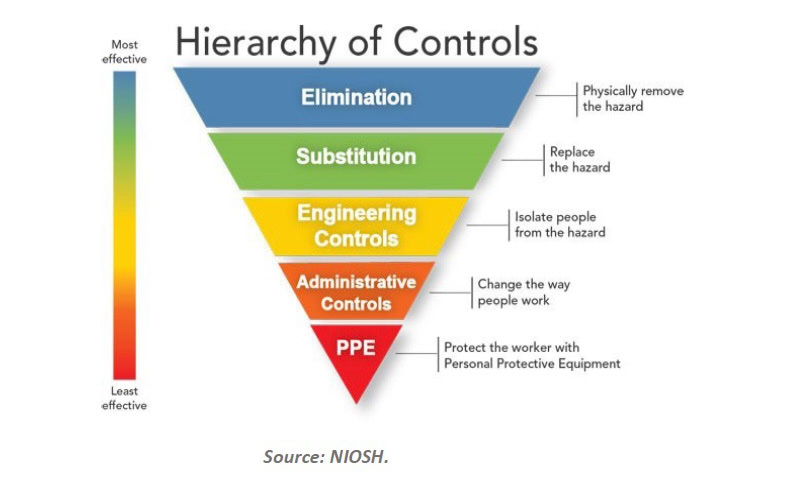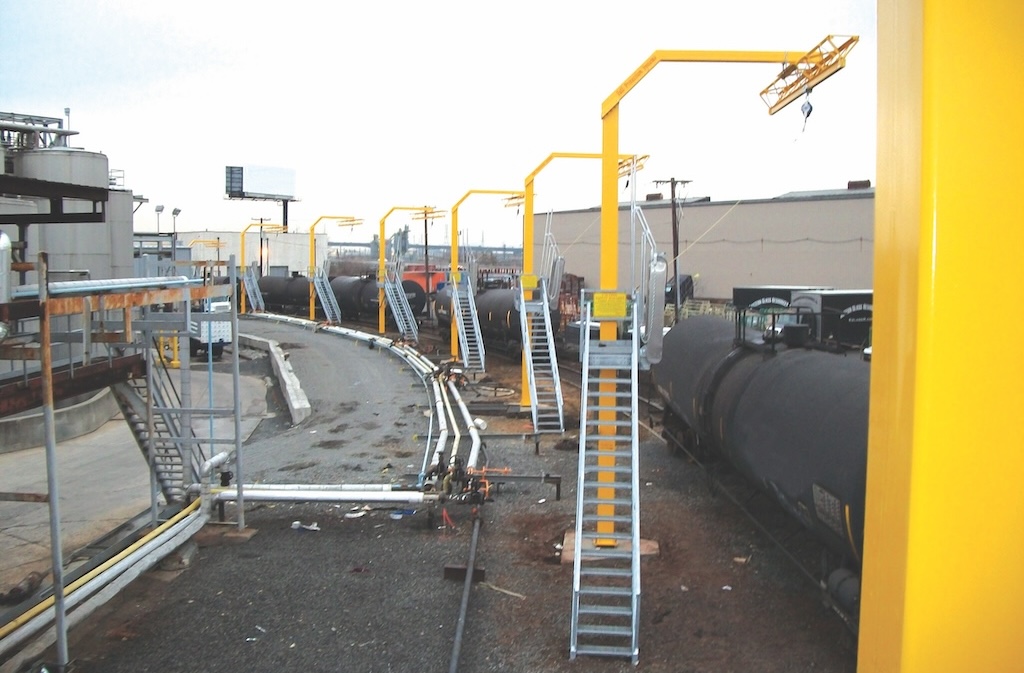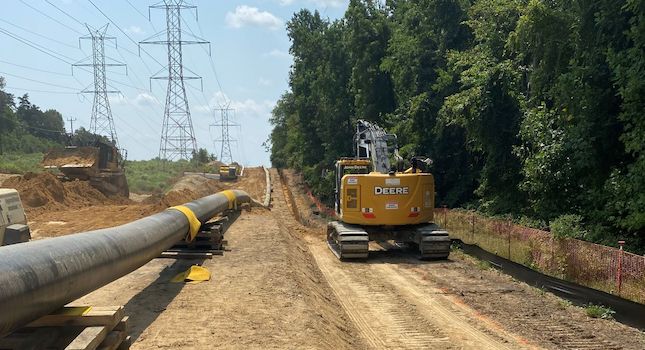An estimated annual energy savings of 13% relative to ASHRAE/IESNA Standard 90.1-2004 should result from a proposed addendum regarding air- and water-cooled chillers. ANSI/ASHRAE/IESNA Standard 90.1, Energy Standard for Buildings Except Low-Rise Residential Buildings, provides minimum requirements for the energy-efficient design of buildings.
An estimated annual energy savings of 13% relative to ASHRAE/IESNA Standard 90.1-2004 should result from a proposed addendum regarding air- and water-cooled chillers.
ANSI/ASHRAE/IESNA Standard 90.1, Energy Standard for Buildings Except Low-Rise Residential Buildings, provides minimum requirements for the energy-efficient design of buildings. Fourteen proposed addenda to the 2007 standard, due out for publication later this year, currently are open for public comment.
One proposal establishes, effective Jan. 1, 2010, an additional path of compliance for water-cooled chillers as well as consolidation and new requirements for some of the existing categories. Product development for water-cooled chillers in recent years has focused on improving off-design and part-load performance where most of the operating hours occur, according to Drake Erbe, chair of the standard’s mechanical subcommittee.
Variable speed drive technology has advanced and is finding widespread application in water-cooled chillers. The use of VSDs has led to off-design and part load improvement of the chiller’s performance with efficiencies of up to 30% in integrated part-load value.



